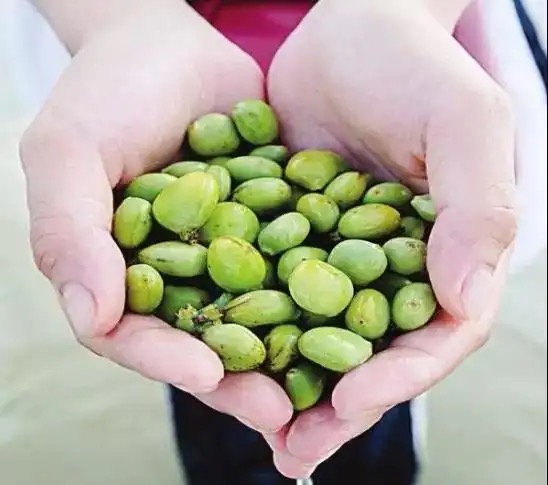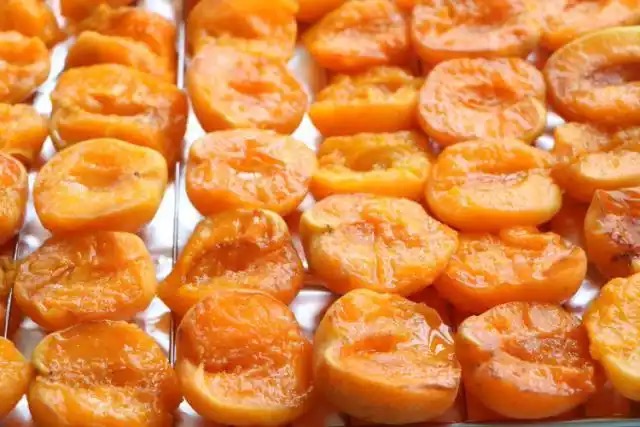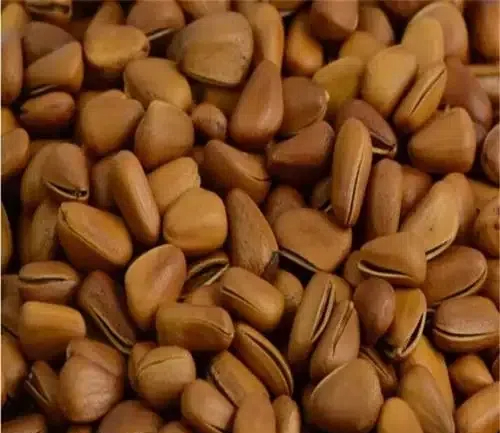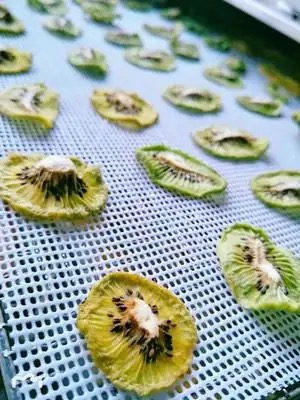
Content Menu
● Introduction
● Understanding Heat Pump Dryers
● The Food Dehydration Process
● Applications of Heat Pump Dryers in Food Industry
● Advantages of Heat Pump Dryers
● Challenges and Considerations
● Conclusion
● Frequently Asked Questions
>> 1. What is the average drying time for food in a heat pump dryer?
>> 2. How does a heat pump dryer compare to a conventional dehydrator?
>> 3. Can I use a heat pump dryer for all types of food?
>> 4. What maintenance is required for heat pump dryers?
>> 5. Are heat pump dryers suitable for home use?
Introduction
Food dehydration is a crucial method for preserving food, extending its shelf life, and enhancing flavors. This process removes moisture from food, inhibiting the growth of bacteria, yeasts, and molds. In recent years, heat pump dryers have emerged as a revolutionary technology in the food industry, offering efficient and effective drying solutions. This article explores the role of heat pump dryers in food dehydration, highlighting their benefits, applications, and the science behind their operation.

Understanding Heat Pump Dryers
Heat pump dryers operate on a principle similar to that of a refrigerator, using a refrigeration cycle to remove moisture from food. Unlike traditional dryers that expel hot air, heat pump dryers recycle air, making them more energy-efficient. They work by circulating warm air through the food, absorbing moisture, and then condensing that moisture into water, which is collected and drained away.
The advantages of heat pump dryers over conventional drying methods include:
1. Energy Efficiency: They consume significantly less energy, making them cost-effective for both commercial and home use.
2. Gentle Drying: The lower temperatures used in heat pump drying help preserve the nutritional quality and flavor of the food.
3. Versatility: They can be used for a wide range of food products, from fruits and vegetables to meats and herbs.
The Food Dehydration Process
The food dehydration process using heat pump dryers involves several key steps:
1. Preparation: Food is sliced and prepped for drying. Uniform sizes ensure even drying.
2. Loading: The prepared food is placed in the dryer on trays that allow for air circulation.
3. Drying: The heat pump dryer circulates warm air around the food, gradually removing moisture. The temperature and humidity levels are carefully controlled to optimize the drying process.
4. Cooling and Storage: Once dried, the food is cooled and stored in airtight containers to maintain its quality.
Factors affecting drying time include the type of food, its moisture content, and the specific settings of the dryer. For instance, fruits with high sugar content may take longer to dry than vegetables.
Applications of Heat Pump Dryers in Food Industry
Heat pump dryers are increasingly being adopted in various sectors of the food industry. They are particularly beneficial for:
1. Commercial Food Production: Large-scale operations use heat pump dryers to efficiently process fruits, vegetables, and meats, ensuring consistent quality and reducing waste.
2. Small-Scale Producers: Farmers and small businesses can utilize heat pump dryers to create value-added products, such as dried fruits and jerky, enhancing their market offerings.
3. Home Users: Home cooks and enthusiasts can invest in smaller heat pump dryers to preserve seasonal produce, create snacks, and reduce food waste.
Case studies show that businesses using heat pump dryers have reported significant improvements in product quality and reductions in energy costs, making them a smart investment.

Advantages of Heat Pump Dryers
The benefits of heat pump dryers extend beyond energy savings:
1. Cost-Effectiveness: Although the initial investment may be higher than traditional dryers, the long-term savings on energy bills and increased product quality make them a worthwhile investment.
2. Environmental Impact: By using less energy and reducing food waste, heat pump dryers contribute to more sustainable food production practices.
3. Flexibility: They can be used for various food types, making them suitable for diverse applications in both commercial and home settings.
Challenges and Considerations
Despite their advantages, heat pump dryers do have some challenges:
1. Initial Cost: The upfront cost can be a barrier for some users, although the long-term savings often justify the investment.
2. Maintenance: Regular maintenance is required to ensure optimal performance, including cleaning filters and managing water drainage.
3. Drying Time: While heat pump dryers are efficient, they may take longer to dry food compared to traditional methods, which can be a consideration for time-sensitive operations.
Conclusion
Heat pump dryers represent a significant advancement in food dehydration technology, offering numerous benefits for both commercial and home users. Their energy efficiency, versatility, and ability to preserve food quality make them an excellent choice for anyone looking to enhance their food preservation methods. As the demand for sustainable and efficient food processing solutions continues to grow, heat pump dryers are poised to play a vital role in the future of food dehydration.

Frequently Asked Questions
1. What is the average drying time for food in a heat pump dryer?
The drying time can vary based on the type of food and moisture content, but generally, it takes several hours to achieve optimal results.
2. How does a heat pump dryer compare to a conventional dehydrator?
Heat pump dryers are more energy-efficient and can handle larger batches, while conventional dehydrators may be simpler and less expensive.
3. Can I use a heat pump dryer for all types of food?
Yes, heat pump dryers can effectively dehydrate fruits, vegetables, meats, and herbs, making them versatile for various food types.
4. What maintenance is required for heat pump dryers?
Regular cleaning of filters and ensuring proper drainage of condensed water are essential for optimal performance.
5. Are heat pump dryers suitable for home use?
Yes, many models are designed for home use, providing an efficient way to preserve food while saving energy.












